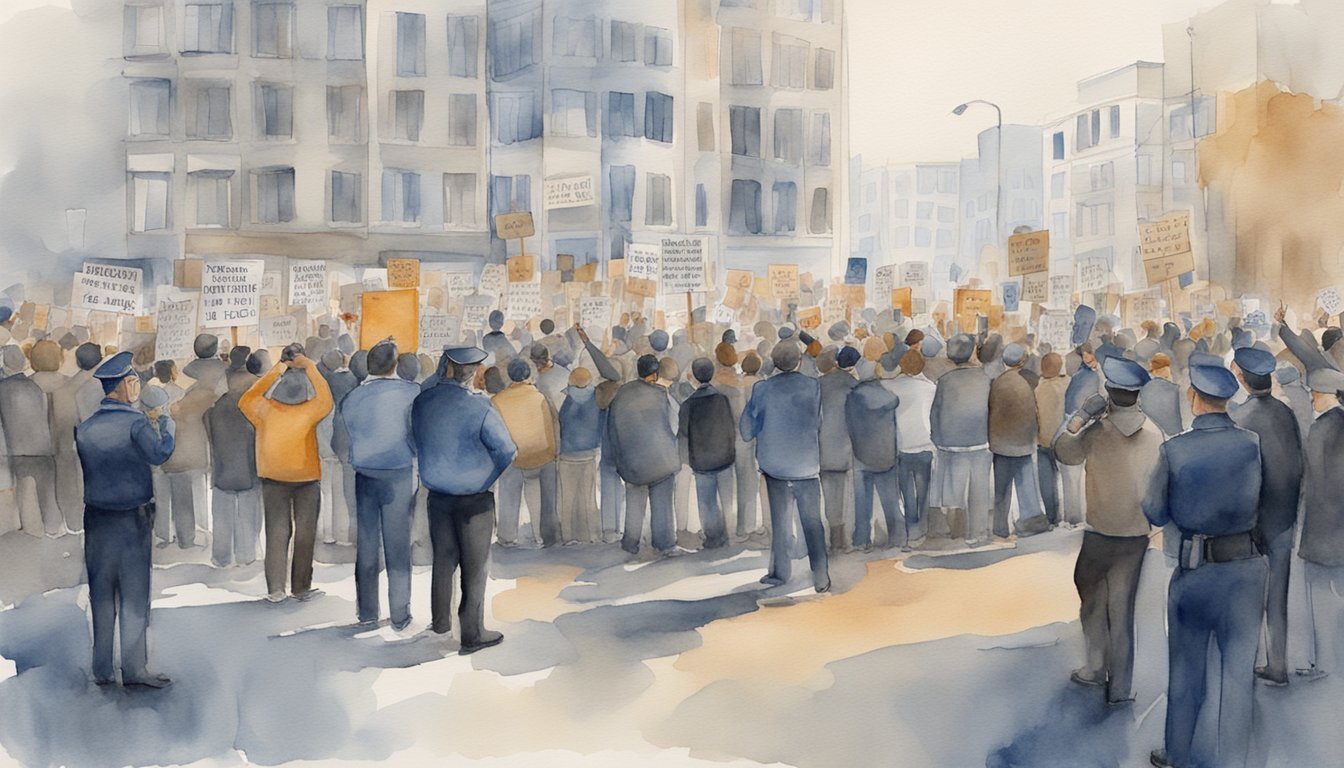Understanding Photojournalism
Photojournalism stands as a vital branch of journalism that utilizes the power and immediacy of images to convey news and stories. It requires a blend of journalism’s critical perspective and photography’s creative accessibility to present narratives that are both informative and visually compelling.
Historical Roots and Evolution
Photojournalism has a decorated history that traces back to the 19th century, marking the era when photographs first began supplementing text in news media. Early examples, like the coverage of the Crimean War by Roger Fenton in the 1850s, set a precedent for the field. With the advancement of technology, from portable cameras to digital photography, photojournalists have continued to document pivotal moments—from wars and political events to social issues and cultural phenomena—offering viewers a historical archive that is both rich in detail and emotion. Insights from notable photographers highlight the evolution of photojournalistic styles and techniques.
Key Principles and Ethics
Central to photojournalism is the adherence to truth and accuracy, ensuring the photographs represent reality without misleading viewers. As preserving the integrity of the depicted moment is paramount, photojournalists follow a strict code of ethics, which includes guidelines around not staging scenes, not manipulating images beyond basic adjustments, and respecting the subjects and context of the photographs. The concept of “truth” in photojournalism is not just about accurate representation but includes providing appropriate context to understand the imagery. Additionally, photojournalists must navigate copyright laws, often obtaining necessary permissions to use the images, especially for those that are published or distributed.
In an ever-connected world, photojournalism remains a potent medium, with the power to evoke emotion, prompt discourse, and sometimes even invoke social change. It’s an intertwining of art and information that continues to shape public perception and historical record.
Photojournalism in Action

Photojournalism serves as the eyes of the public, capturing pivotal moments in history as they unfold. From conflict zones to pandemic impacts, photojournalists are often the first to bring global events and human stories into focus.
Covering Global Events
Photojournalists have played a critical role in documenting events that define an era. The war in Ukraine and the evolving situation in Afghanistan have been captured through their lenses, providing a real-world glimpse into the lives affected by conflict. The global COVID-19 pandemic, with its unprecedented scenes of lockdowns and mass vaccinations, has also been chronicled extensively by photographers from agencies such as Reuters and AP.
Influential Photojournalists
Individual photojournalists have made a name for themselves with their compelling narratives and brave coverage of difficult subjects. Brent Stirton, a photographer for Getty Images, is known for his work documenting wildlife, conservation, and global health issues. In the US, Brandon Bell captured defining moments of civil unrest and protests that arose after the death of George Floyd.
Legal and Social Considerations
With the power of photojournalism comes responsibility. Ethical considerations, such as consent and the portrayal of subjects, are constant conversations among professionals. Legal matters, particularly in regions with strict censorship or during events like protests and Supreme Court hearings, are also significant concerns for photojournalists.
Impact of Photojournalism
The impact of photojournalism extends beyond the front pages and into the realm of lasting change. It has the power to influence public perception on issues from climate change to human rights. Visual narratives about natural disasters, such as the floods in Pakistan or fires duringthe peak fire season, reinforce the urgency of environmental and humanitarian issues, essentially becoming a catalyst for action and policy change.

